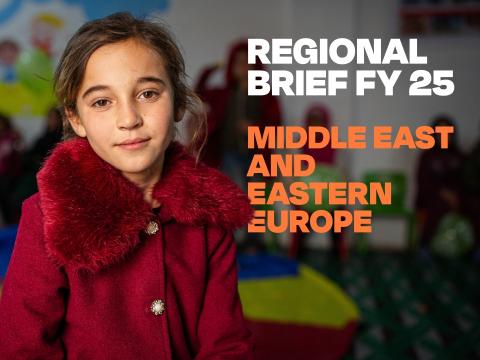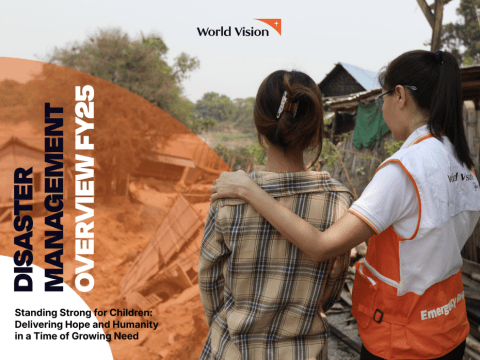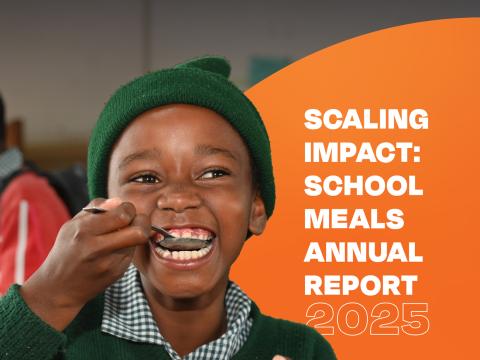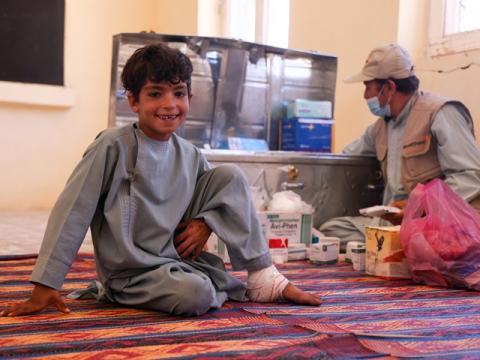There is no place for famine in the 21st century
Download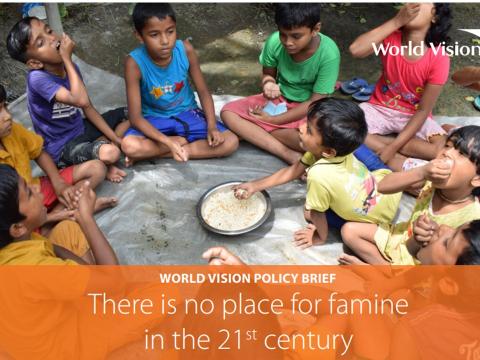
Two years into the pandemic World Vision is witnessing how the deadly interplay between conflict, climate change and COVID-19 has continued to devastate the food security of the most vulnerable people by destroying livelihoods and incomes, driving up food prices, increasing child malnutrition and limiting access to even the most basic of social services.
Food insecurity is a leading cause of wasting in children, with malnutrition as the underlying cause of 45% of all preventable deaths of children under five. Young children with wasting are 11 times more likely to die from preventable diseases than well-nourished children. A July 2021 study estimated that COVID-19-related disruptions could result in an additional 9.3 million wasted and 2.6 million stunted children, 168,000 child deaths, and US$29.7 billion losses in future productivity due to excess stunting and child mortality.
In response to the current global hunger and nutrition crisis, World Vision launched the Global Hunger Initiative (GHI) in April 2021. The GHI seeks to reach 15 million of the most food-insecure people in 19 of the most affected countries where World Vision is operational. As of January 2022, World Vision’s GHI has reached over 8.7 million people – more than 4.9 million of whom are children – with integrated programming that improves access to nutritious food; water, sanitation and hygiene (WASH); health and nutrition support; child-protection services; and livelihoods assets to support early recovery and build resilience.
The sheer scale of food and nutrition crises around the world requires a joint effort by humanitarian, development and peace actors to rapidly scale up lifesaving support and protect the rights of the more than 45 million people facing starvation and malnutrition.
